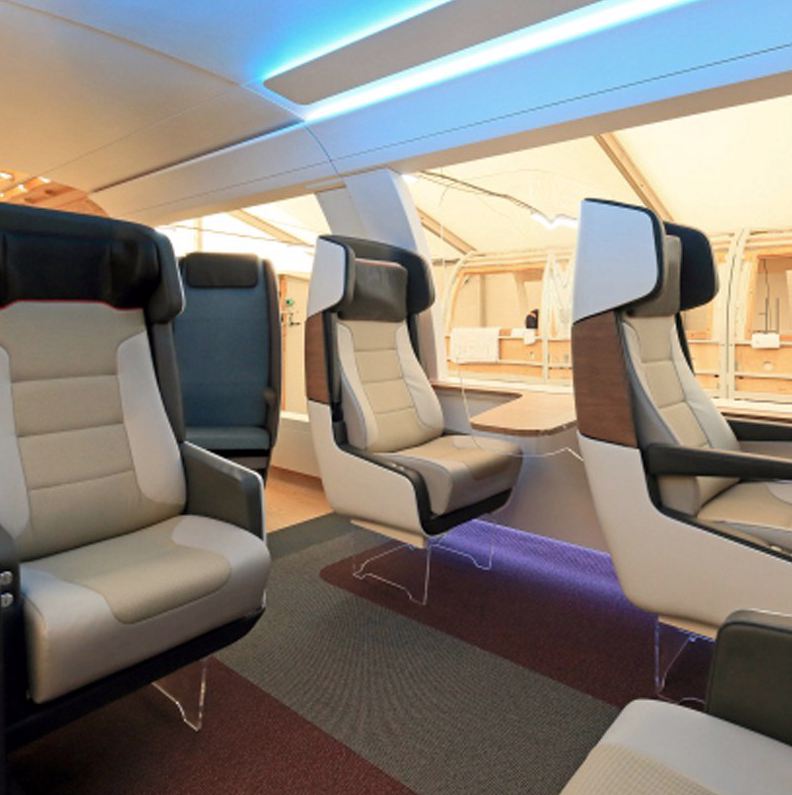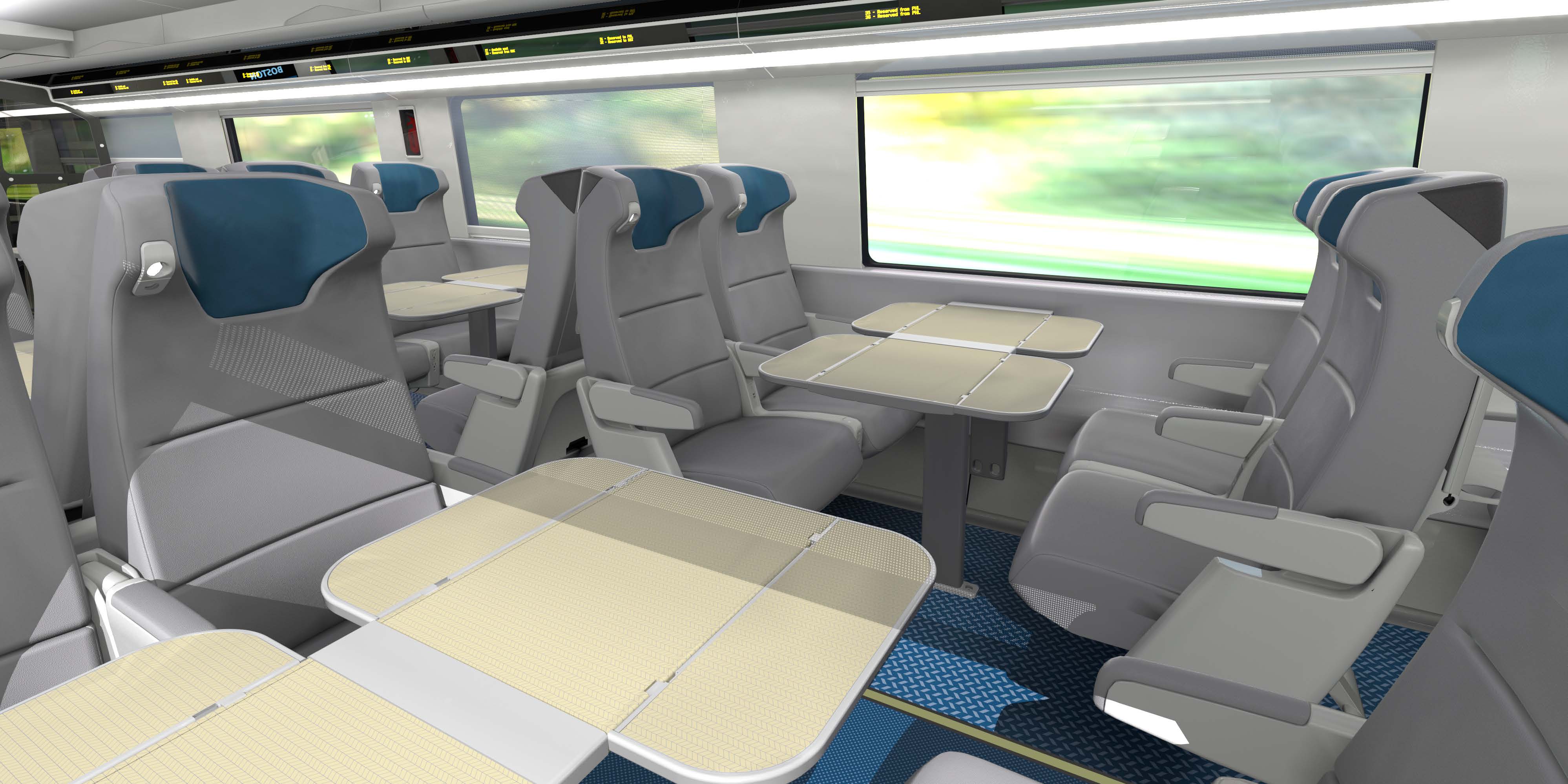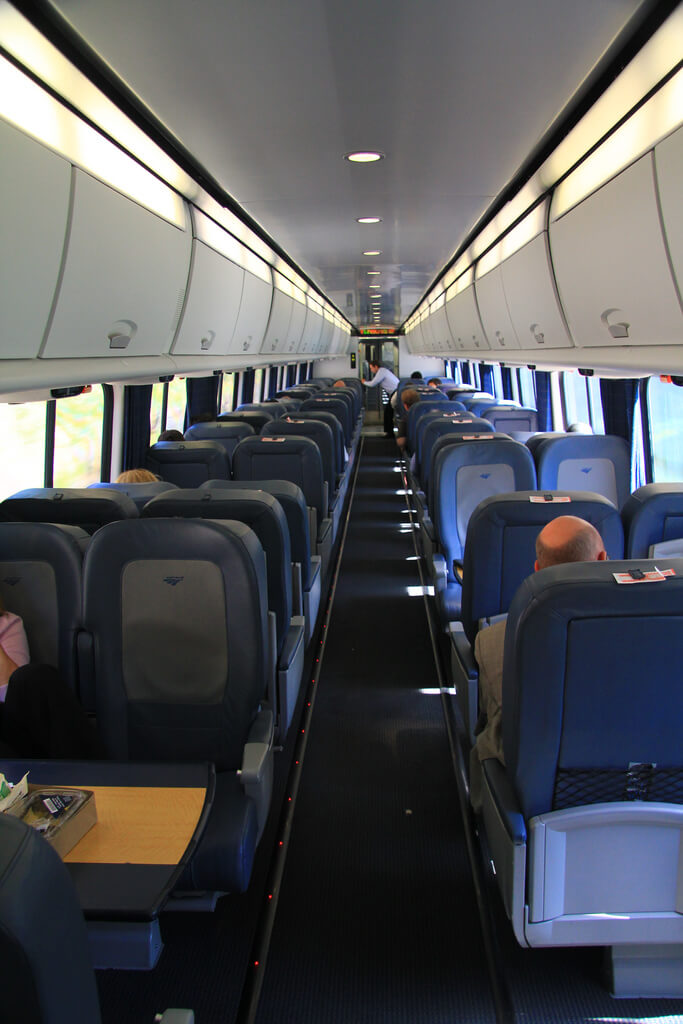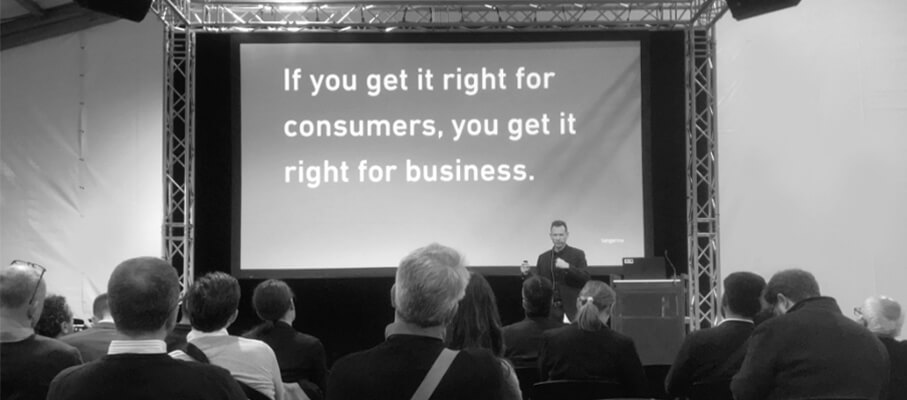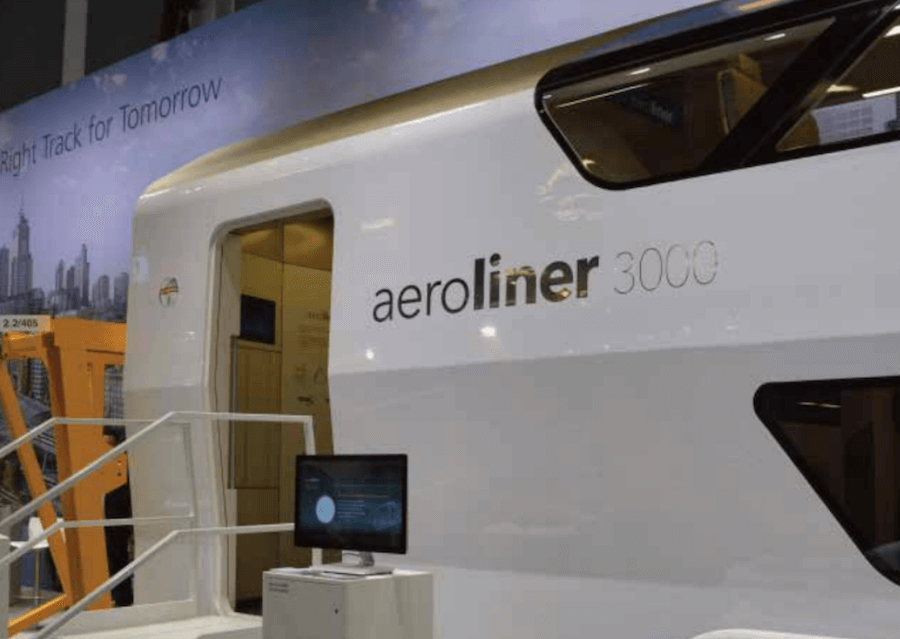Luxury travel used to be the preserve of the gilded few, while commuters and budget travellers had to put up with easy-clean, bucket seats, or chairs upholstered with uncomfortable artificial fibres. Today, however, every transport operator is under pressure to differentiate themselves from their competitors not just on timeliness and comfort but on a host of other factors that make up the “travel experience”.
Modern consumers have high expectations when they travel, whether it’s by train, bus or aeroplane. They expect the utmost in comfort combined with the highest standards of sustainability. And of course, they also expect seating to be hygienic and environmentally-friendly. These consumer-led pressures are combined with other forces affecting transport operators’ choice of seating materials: they have to be hard-wearing and long-lasting, easy to clean and maintain; they must also be adaptable to the operator’s brand or interior style while also meeting stringent safety regulations (for example, on being fire-retardant).
Meanwhile, cost is an important consideration for every transport operator while, for some businesses such as airlines, size and weight restrictions are also important factors.
Mission impossible. Solved.
In trying to reconcile so many competing characteristics, transport providers may think they face an impossible task. In fact, travel operators can achieve all their ambitions with the help of a single material, manufactured using unused leather that would otherwise be destined for landfill.
By reusing off-cuts from the traditional leather industry and applying a range of cutting-edge processes it’s possible to create a material that combines the luxury of leather with a much wider range of benefits.
Engineering the future of consumer experience.
Meeting the demands of today’s passengers is as much about assuring their peace of mind as it is about their physical comfort. The rise in ethical consumption is forcing brands in a range of consumer industries to re-think their approach to upholstery in vehicles and transport hubs, while other pressures such as cost and ease of maintenance continue to be major drivers.
Engineered leather is already answering customers’ expectations while also providing solutions to other intractable problems facing transport operators and other businesses. Here are just five ways in which engineered leather is helping them to meet consumers’ demands:
Durability
Engineered leather is up to five times more durable than traditional types of upholstery used in the transportation industry. This meets businesses’ demands for a product that protects their investment by combining long-life with ease of cleaning and maintenance. Unlike other materials, engineered leather doesn’t stretch out of shape so there is no bagging or creasing over time, so seats look newer for longer. That’s great news for the bottom line, while also ensuring that just-new look that’s so important to the customer experience.
Sustainability
For every ton of traditional leather, up to 750kg is unused. Since raising cattle for their hides makes a huge contribution to global greenhouse gases, using engineered leather can help companies meet their CSR obligations – for example by offsetting these against their emissions targets. Airlines, meanwhile, benefit from engineered leather being more lightweight than many traditional materials, meaning less fuel burned during take-off.
Versatility
Another big advantage of engineered leather is that it can be used in an incredibly diverse range of applications and industries. It can be produced in an almost endless selection of colours, a wide variety of textures and grains, and it provides increased design possibilities such as lamination, embossing, printing and stitching. It’s also easy to replicate these qualities across different batches, which is critical for maintaining uniformity across a cabin or carriage, and for ensuring that each passenger receives the same level of luxury.
Furthermore, it’s precisely this versatility of this material that’s leading to its adoption within sportswear too. Take Nike’s Flyleather shoes for instance – manufactured using engineered leather, these trainers tick all of the boxes when it comes to comfort, better performance, and durability.
Luxury
Far from being an ersatz, less-refined material than traditional leather, the engineered version is as comfortable as the real thing, yet provides many advantages that make it the perfect material for transport operators. Not only does engineered leather last longer, but it’s more versatile and easier to clean – improving the total cost of ownership and delivering a little bit of luxury to a much larger section of the population.
Compliance
A further benefit of engineered leather is that it is fully compliant in meeting the standards imposed by even the strictest national and international regulatory requirements, including fire safety standards such as EN 45545. And there aren’t any hidden chemicals – no nasty glues or solvents are used in its substrate manufacture.
Today’s consumers are in the driving seat and they know it. They demand exceptional experiences – from the airport lounge to the passenger cabin, and not forgetting their footwear. As a result, we’ll soon see more consumers taking their business to those companies that can give them a little taste of luxury. Engineered leather is that rare thing in life: something that combines quality and refinement with a host of other benefits that make it the smart choice for any application.

